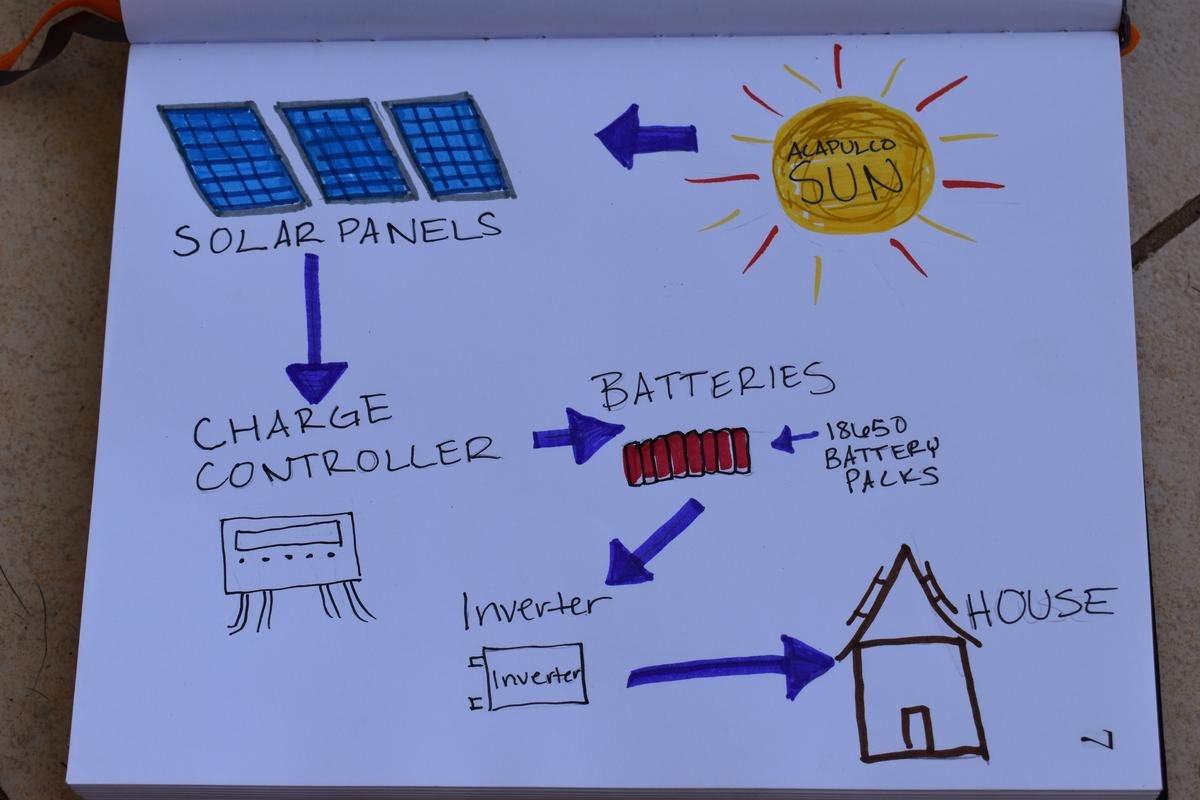
Our first off the grid adventures started off the way you’re not supposed to start these things off. We were looking for a new place to move to and our friend offered his empty house in the city, which was in disrepair but would be free for rent if we just put work into improving it to help keep the city off his back, with his help of course. So we agreed to move in, but the catch was that it was the middle of Winter in the Northeastern United States and it was shaping up to be one of the coldest winters on record.
But we made the plunge excited by the prospect of having a place we could do whatever we wanted to, including going off grid. We bought some giant water tanks for storage through a family friend, got an old potbelly wood stove welded back together (we always kept cinder blocks under it in case it fell apart) and then it was just up to handling the power. We had a small generator to last us but John had dreams of going off grid, so he started using Bitcoin to buy solar panels and the things to set them up.
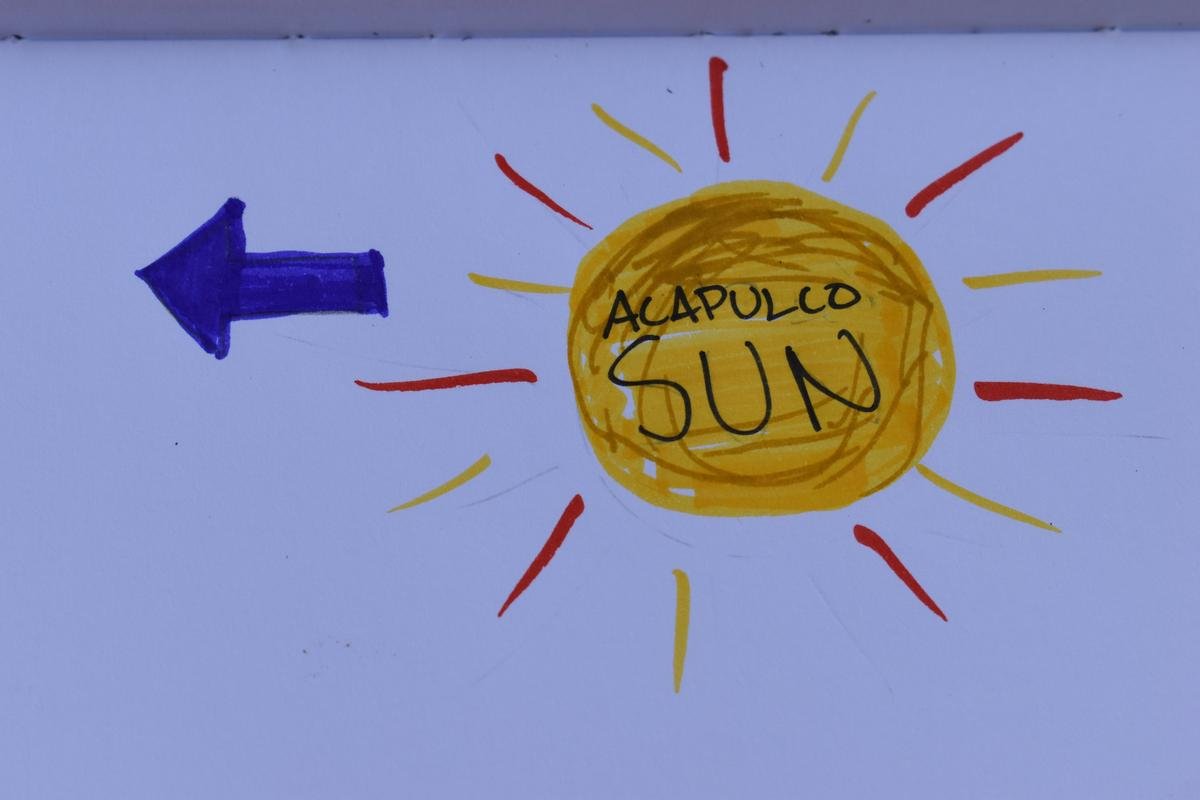
Going into that I had no idea how a solar system worked beyond saying that those panels convert energy from the sun into electricity which is stored in batteries. It took the process of putting together and using the system for me to understand all the components and on a basic level how they worked. So I fully recognize that when I tell all of you that we’re going off grid that many of you don’t understand what that means!
And that’s honestly a shame because I think this lack of understanding keeps many people from making the plunge to go off grid. They become convinced it’s too hard to do it and too expensive but demand for these things are raising and the prices are dropping, especially on solar panels and batteries. With sharing our new off grid adventures, I hope to teach some of you a little something about this stuff to help demystify it all for you, because in many ways this is the future!
So I won’t go into how each of the devices work but I am going to outline what each basic part to the solar panel system is and how they work together; don’t worry, there aren’t that many. In the future, I’ll explain them in more detail as they’re fascinating to learn about.
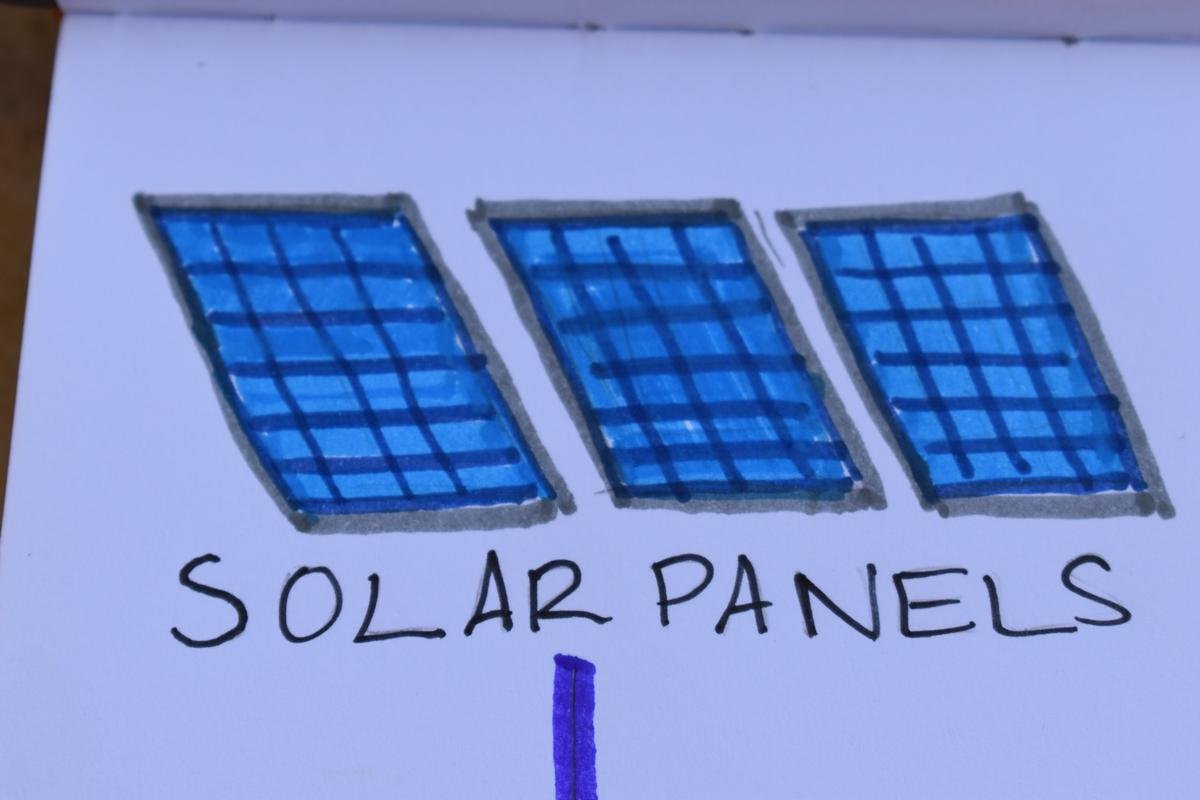
It all starts with the panels, composed of photo voltaic cells, and they range in efficiency from 100 watts to 365 watts per panel, although that’s going up all the time as new technologies are explored. These generally need to be positioned so they can catch as much of the sun as possible, or mounted onto something so they can be manually directed towards the sun as it moves. They also need to be cleaned regularly or the efficiency will go way down.
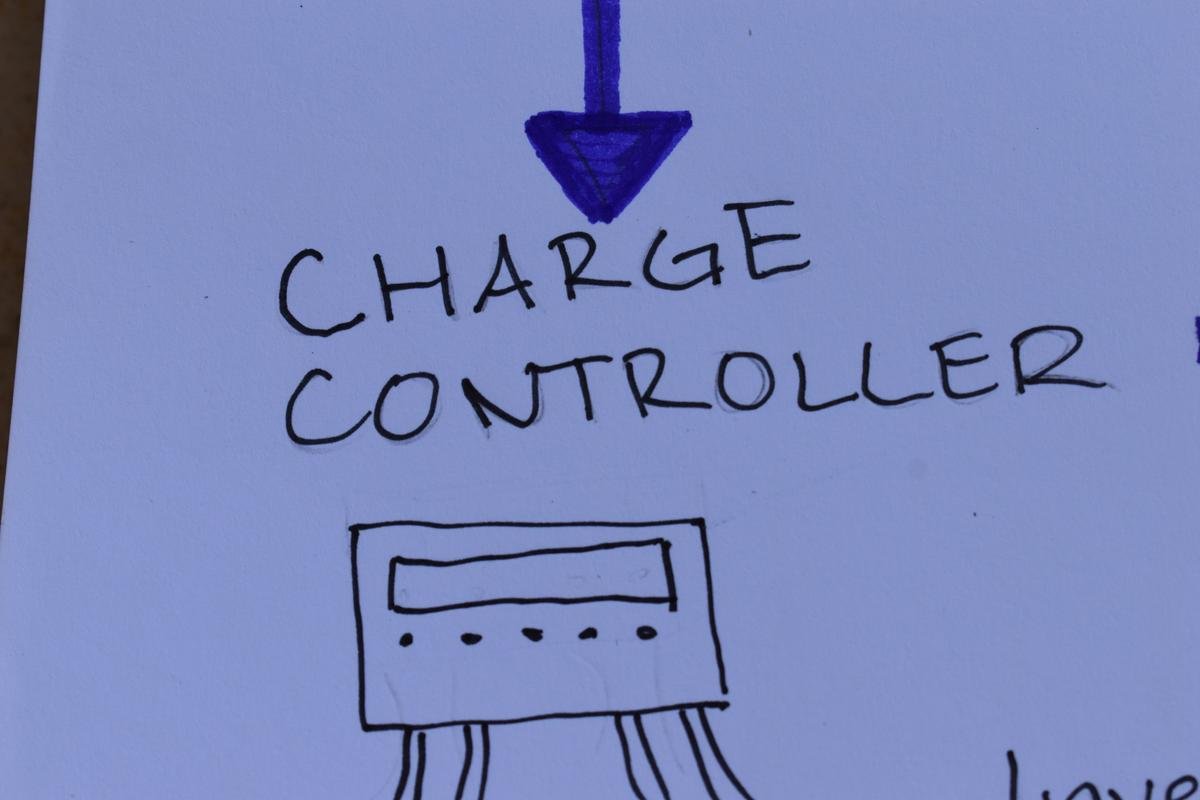
The power comes from the panels, through wires, into the charge controller which is essentially a battery regulator. It prevents against overcharging and overvoltage which makes the batteries safer and last longer. Simply put, if the sun is shining and the batteries are full, the charge controller won’t let that electricity into those batteries which could cause an explosion.
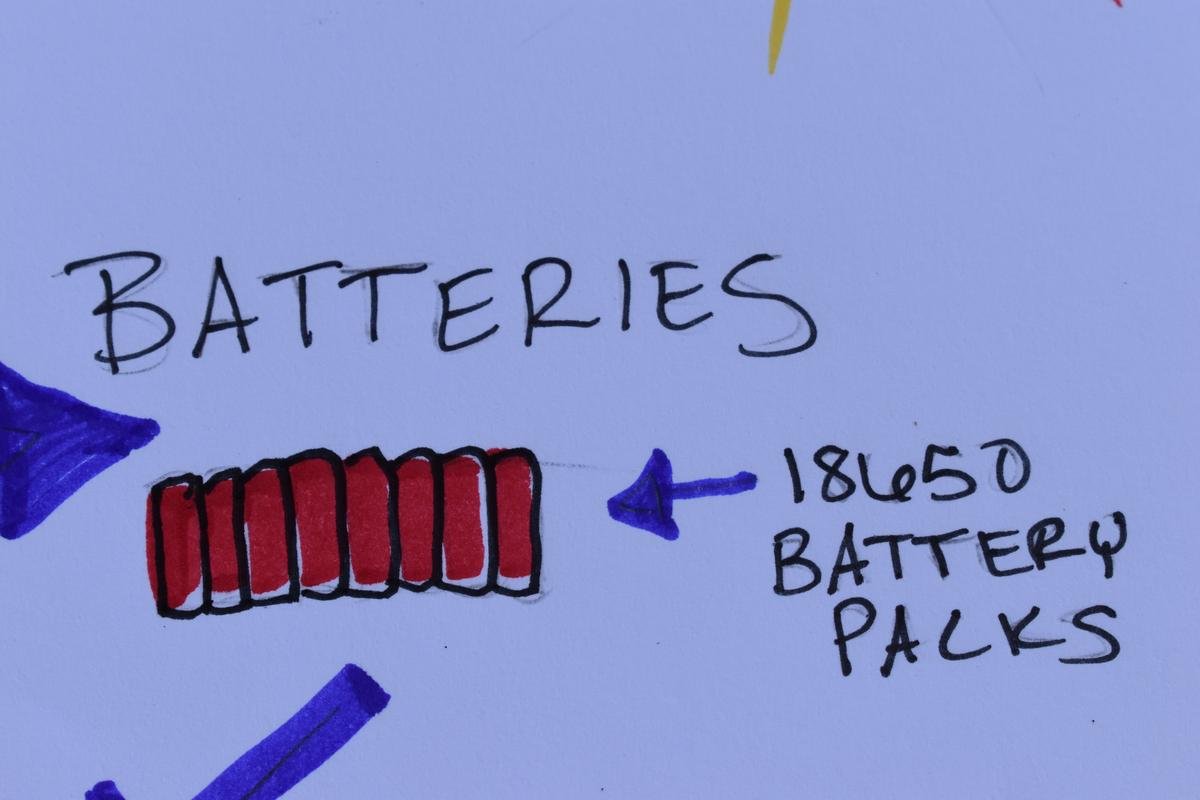
So if the batteries aren’t full, the charge controller just passes that electricity into those batteries filling them up. At this point battery packs are done all sorts of different ways from using traditional lead acid batteries to using lithium ion battery packs like we’re planning on doing and like Tesla uses in their PowerWalls and their electric cars. The idea is to have a battery with the right energy density, one that can be discharged slowly and charged often without huge loss of battery life.
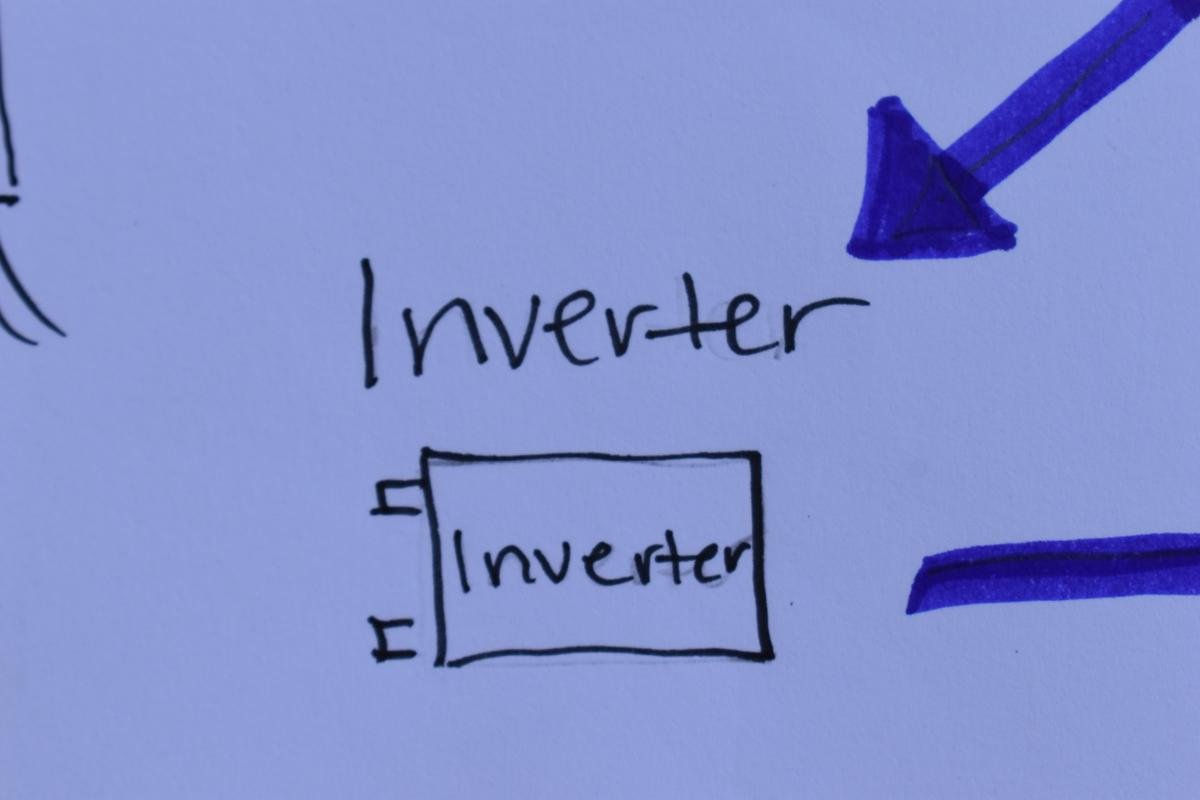
Next it goes to the inverter, which just converts it from direct current to alternating current, which is what we use in our homes. Some off grid designs are designed to work on just 12v but it requires special appliances. There are advantages to both systems that I won’t worry about going into on this post.
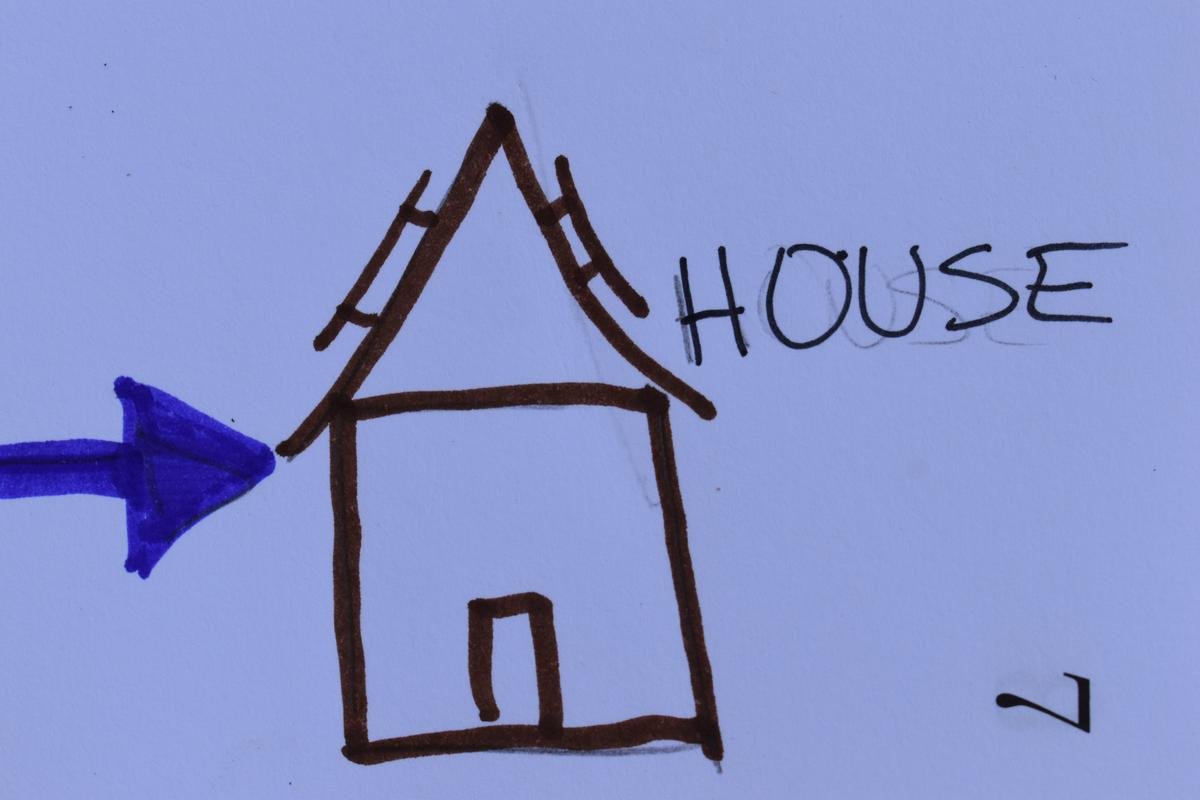
And from there it just goes into the house, either tied into the houses electrical system or on a separate system, depending on how you want to do it. Solar power often becomes much more complicated when you introduce things like tying it to the grid, but it also can be very simple if you want it to be. In Detroit, we had a tiny like 20 watt panel hooked up to one battery and it powered our LED lights.
The point is there are many ways to do this, even more expensive prepackaged plug and play systems like the Tesla PowerWall. The system we are building now is in many ways very different from the first one we built, which used regular led acid marine batteries. The way we build our system now will not be the only way or even the best way to go about it, so remember that. It’s just how we’re doing things up here on our mountain.
We’re very excited as a lot of the things to build our system are on their way here, and some of them have already arrived. It’s cool to see another, different system built in a new place, where snow isn’t a consideration. This setup will be admittedly a lot beefier than our first setup, so it’ll be much closer to living a normal lifestyle than many off grid systems. Even still we’re already talking about the ways in which we will expand it down the line.
And almost ironically, the power went out for no reason as I started to type this. Good grief.
All photos in this post are taken of my drawings (YAY FLOWCHARTS) with my Nikon D5500

Check out some of my other recent posts
Acapulco Sunsets: Crazy Weather Colors 2
Happy Birthday Rebel Dog Reflecting On Two Years With My Wolf Dog Pup
Acapulco Sunsets: Crazy Weather Colors 1


